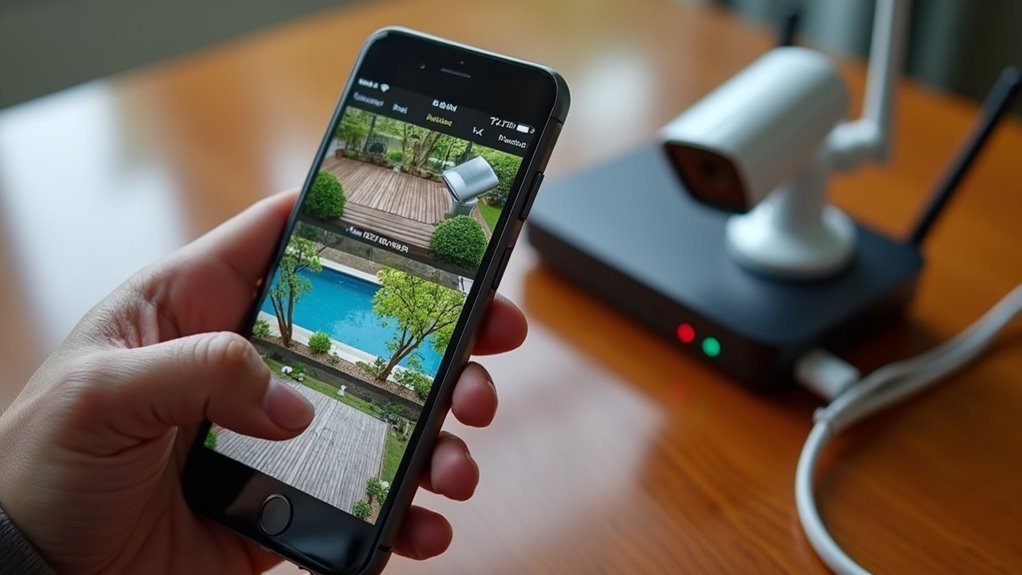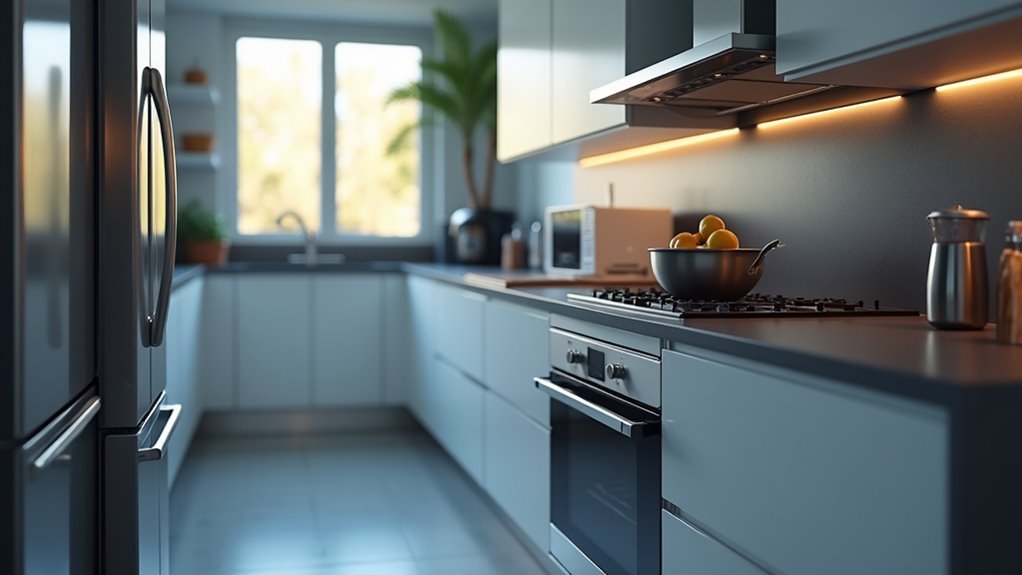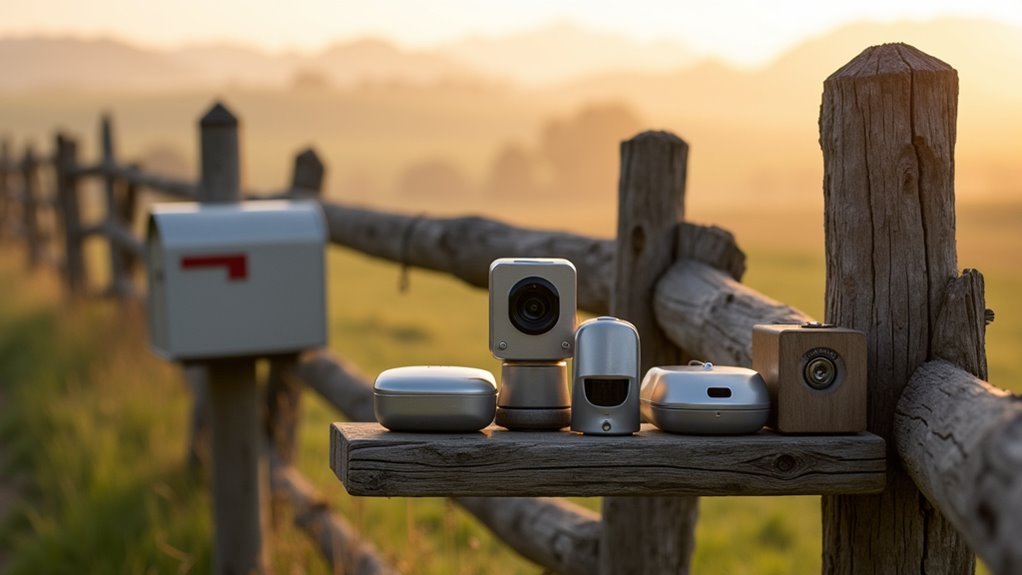You’ve probably experienced the frustration of manually adjusting multiple smart devices every time you want to set the perfect mood in your home. Programming scenes in Home Assistant eliminates this tedious process by letting you control dozens of devices with a single command. But there’s more to scenes than simple convenience—they’re actually the key to revealing automation capabilities that most users never discover.
Streamline Multi-Device Automation With Single Commands

When you’re managing a smart home with dozens of devices, controlling each one individually becomes tedious and inefficient. Scenes solve this problem by letting you control multiple devices simultaneously with a single command. Instead of manually adjusting lights, thermostats, and entertainment systems separately, you can create a scene that sets everything at once.
When you activate a scene, all grouped devices respond instantly to your predefined settings. You can trigger scenes through automations and scripts, giving you flexible control options throughout your smart home setup.
Whether you create a scene for morning routines or evening relaxation, you’ll eliminate the hassle of managing individual device states. This approach transforms complex multi-device coordination into simple, one-touch commands that work seamlessly across your entire home automation system.
Create Dynamic Lighting and Environment Control
Beyond simple multi-device control, scenes release sophisticated lighting and environment management that adapts to your daily rhythms.
You can program dynamic lighting that automatically adjusts throughout the day, matching natural light levels while boosting energy efficiency. When you apply a scene, you’re not limited to lights—include thermostats, media players, and other devices for thorough environmental control.
Automations can trigger scenes based on your presence, creating responsive environments that anticipate your needs. You’ll appreciate shift capabilities that gradually change lighting over time, providing smoother ambiance changes.
The `scene.apply` action lets you implement temporary setups instantly without pre-configuration, perfect for spontaneous gatherings or mood adjustments. This flexibility transforms your home into an intelligently responsive living space.
Enhance User Experience Through Parallel Execution

Since Home Assistant executes scene components in parallel, you’ll experience remarkably smooth and synchronized device responses that make your automations feel professional and polished. When you activate a scene, every device receives its service call simultaneously rather than one after another, eliminating the awkward staggered timing that plagued older automation systems.
You’re able to fine-tune changes times for compatible lights, creating seamless ambiance changes that flow naturally. This parallel approach minimizes communication delays across shared channels, making scene activations feel instantaneous.
Even when some devices don’t support change settings, you can still optimize execution to accommodate varying hardware capabilities. When you use scenes effectively, this synchronized execution creates a satisfying user experience that transforms basic home automation into something truly impressive.
Apply Flexible Scene Configuration Without Pre-Definition
While traditional scenes require configuration before you can use them, Home Assistant’s `scene.apply` action lets you create and activate scenes on-the-fly with entity states defined directly in the service call.
Create and activate Home Assistant scenes instantly without pre-configuration using the dynamic scene.apply action.
This dynamic approach transforms how you manage lighting and device states without touching the scene editor. You’re able to apply temporary configurations instantly, adapting to changing needs without cluttering your scene library.
Key advantages of `scene.apply` include:
- Instant activation – No pre-configuration needed before applying scenes
- Transition control – Set smooth duration changes for compatible lights
- Reduced duplication – Target specific entities without creating permanent scenes
- Dynamic adaptation – Respond to real-time conditions with custom entity states
You’ll set the devices exactly as needed while maintaining clean, efficient scene management.
Optimize Smart Home Performance With Transition Management

When you activate multiple devices simultaneously, your smart home system can experience momentary lag or jarring state changes that disrupt the seamless experience you’re aiming for. Change management in scenes solves this by distributing device activation over specified durations, preventing system overload while creating smoother environmental shifts.
You’ll find change settings particularly valuable during activities like movie nights or romantic dinners, where abrupt lighting changes feel harsh and unnatural. By programming gradual changes lasting several seconds, your scenes create dynamic atmospheres that enhance user experience considerably.
While not all devices support change functionality, those that do contribute to improved smart home performance through reduced instantaneous processing demands.
This approach transforms your automated environment from mechanical state switching into fluid, mood-appropriate adjustments that align perfectly with your intended activities and preferences.
Frequently Asked Questions
Why Use Scenes in Home Assistant?
You’ll save time by instantly setting multiple devices to predefined states with one command. Scenes let you create perfect lighting, temperature, and device configurations for activities like movie nights or dinner parties effortlessly.
What Is the Difference Between Scenes and Automations?
Scenes set predefined states for multiple devices instantly, while automations trigger actions based on conditions and events. You’ll use scenes for static settings and automations for dynamic, responsive behaviors.
Is the Raspberry Pi 5 Overkill for Home Assistant?
You’ll find the Raspberry Pi 5 overkill if you’re running basic Home Assistant setups. However, if you’re planning complex automations, multiple add-ons, or extensive integrations, you’ll appreciate its enhanced performance capabilities.
How Do You Activate Scenes in Home Assistant?
You can activate scenes in Home Assistant using the `scene.turn_on` action or `scene.apply` for dynamic scenes. Access them through the UI, scripts, or automations with optional change durations.





Leave a Reply